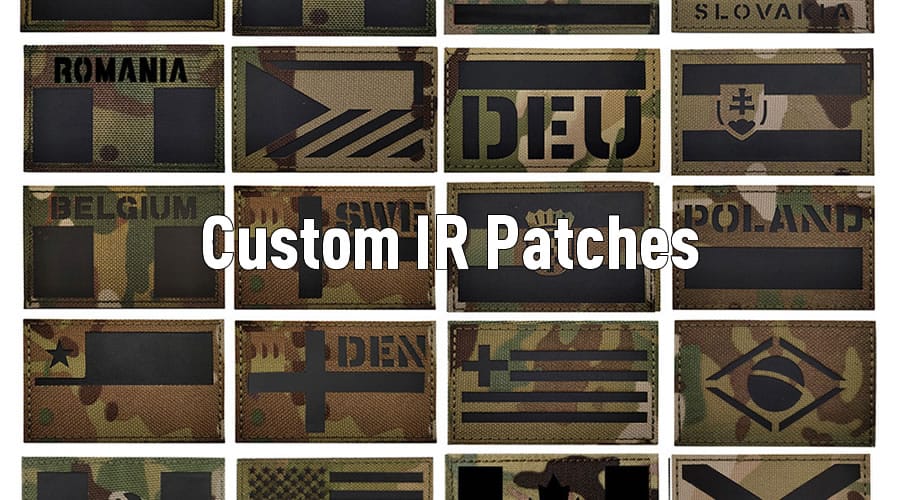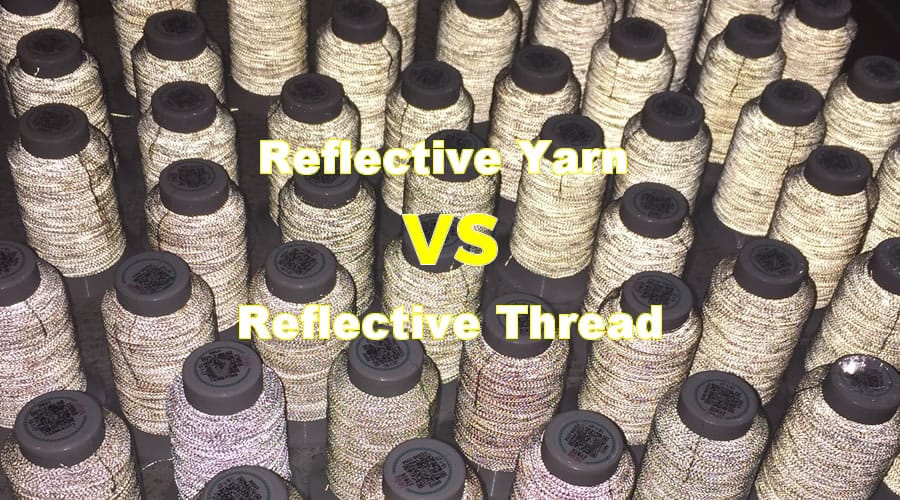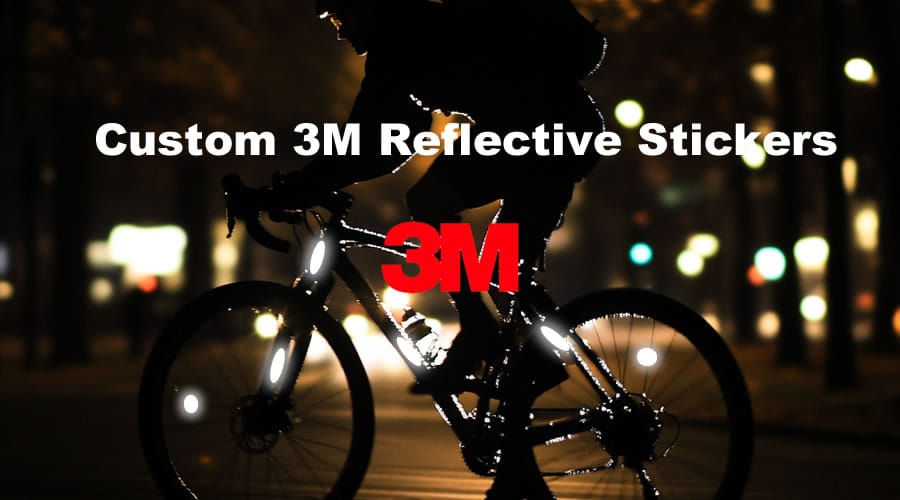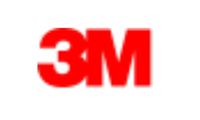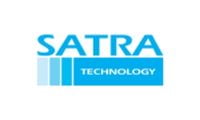Reflective armbands are essential for improving visibility and safety in low-light or nighttime conditions. If you’re designing a reflective armband that complies with the EN17353:2020 Type B2 standard, there are specific guidelines you must follow. This blog will walk you through everything you need to know to create a product that meets the standard and ensures safety for users.
Understanding EN17353:2020 Type B2 Requirements
The EN17353:2020 standard focuses on visibility-enhancing products, such as reflective armbands, to ensure they provide enough visibility for wearers in low-light or dark environments. The Type B2 category applies to reflective devices worn on the arms or legs, designed to improve visibility from all angles (360°).
Here are the key requirements for Type B2 reflective armbands:
- Minimum Reflective Area:
- The total reflective area for two devices (e.g., two armbands) must be at least 0.018 m² (180 cm²).
- Each armband should have at least 0.009 m² (90 cm²) of reflective material.
- 360° Visibility:
- The reflective material must be arranged so it is visible from all sides, ensuring full coverage around the arm or leg.
- Minimum Coefficient of Retroreflection:
- The reflective material must meet the minimum coefficient of retroreflection as specified in EN17353:2020.
- This ensures the material reflects light effectively, even in poor lighting conditions, and maintains visibility from a distance.

Step-by-Step Guide to Designing a Compliant Reflective Armband
1. Choose High-Quality Reflective Materials
The reflective material is the most important part of your design. Use materials that meet CE standards for reflectivity and durability. These materials should:
- Reflect light effectively from car headlights or other light sources.
- Meet the minimum coefficient of retroreflection, as defined in EN17353:2020.
- Tip: Look for retroreflective materials with microprismatic or glass bead technology, as these are commonly used in high-quality reflective products.
2. Calculate the Reflective Area
To meet the standard, ensure each armband has at least 90 cm² of reflective material. If the armband is adjustable or elastic, account for its full size when stretched.
- Example:
If your armband has a width of 3 cm, the reflective strip length must be at least:
Length=Required Area/Width=90 cm²/3 cm=30 cm, This means your reflective strip should be at least 30 cm long.
3. Ensure 360° Visibility
Arrange the reflective material so it wraps around the entire arm or leg. This ensures visibility from all directions.
- Design Tip: Use a continuous reflective strip or multiple reflective segments spaced evenly around the band to achieve 360° coverage.
4. Focus on Comfort and Fit
Your armband should fit snugly without slipping, but it shouldn’t be too tight. Consider using materials like elastic or Velcro to make the armband adjustable for different users.
- Key Features to Include:
- Adjustable straps for a secure fit.
- Lightweight and breathable materials for comfort during physical activities.
5. Test for Durability, Reflectivity, and Performance
Before launching your product, test it to ensure it meets the EN17353:2020 standards. This includes:
- Reflectivity Testing: Verify that the reflective material meets the minimum coefficient of retroreflection and performs well in low-light conditions.
- Durability Testing: Ensure the armband withstands wear and tear, including washing and weather exposure.
6. Add CE Marking
After making sure your reflective armband meets all EN17353:2020 rules, you need to add the CE marking. This shows your product is safe and approved for sale in Europe.
You can add the CE marking in two ways:
- Print It on the Armband:
- The CE marking can be printed directly onto the armband (can be on the backside).
- Be Careful: Make sure the printing doesn’t reduce the reflective material below the required 90 cm² per armband. Always check the reflective area after printing.
- Sew on a Label:
- You can sew a label with the CE marking onto the armband.
- This way, the reflective material stays untouched, but the label must be strong enough to stay attached over time.
Choose the method that works best for your design while keeping the armband safe and compliant.
Design Checklist for EN17353:2020 Type B2 Armbands
Before finalizing your design, make sure your armband meets the following criteria:
- Reflective Area: At least 90 cm² per armband (180 cm² for two).
- 360° Visibility: Reflective material visible from all sides.
- Minimum Coefficient of Retroreflection: Reflective material meets the required performance levels.
- Comfort: Adjustable, lightweight, and breathable.
- Durability: Resistant to wear, washing, and weather.
- CE Marking: Lable of Certification for compliance with EN17353:2020.
Why Compliance Matters
Designing a reflective armband that complies with EN17353:2020 Type B2 ensures the safety of your users and builds trust in your product. It also allows you to sell your product in the European market legally, giving you access to a wide customer base.
Creating a CE EN17353:2020 compliant reflective armband isn’t just about meeting technical requirements—it’s about ensuring safety, visibility, and trust for your customers. By following the steps outlined in this blog, you can design a product that stands out for its quality, comfort, and compliance.
At Yolite we’ve been manufacturing high-quality reflective armbands since 2004. With over two decades of expertise, we understand the importance of safety, durability, and compliance in every product we create. Whether you’re looking for guidance on designing your own reflective gear or need a reliable partner to manufacture CE-compliant products, we’re here to help.
Ready to Bring Your Vision to Life?
Partner with the experts in reflective armband manufacturing. Contact us today to learn more about how we can help you design, produce, and certify EN17353:2020-compliant reflective armbands that meet the highest safety standards.
👉 Get in Touch Now
Let’s make safety visible—together!


